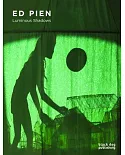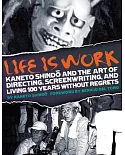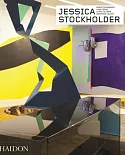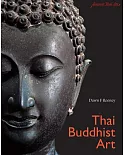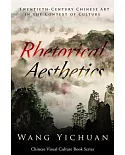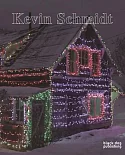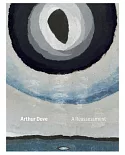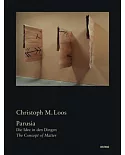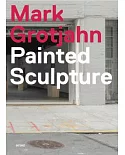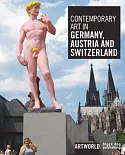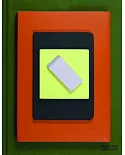Humberto Sp毃ndola proposes intervening in the architecture of Luis Barrag榥n with his installations fashioned from traditional Mexican colored tissue paper, known as papel de china or papel
picado. The installations seek to reconstitute the dialogue between the painter Jes漉s Reyes Ferreira, who gave his palette of colors to the work of Luis Barrag榥n, and the architecture of the
Mexican master. The author suggests that this dialogue, which resulted in Barrag榥n's use of color in his architecture, was based on the use of tissue paper, the material on which Chucho Reyes
painted his extensive oeuvre. In his unusual work, Sp毃ndola approaches tissue paper through the traditional Mexican handicraft techniques employed in the creation of decorative paper andpiatas,
using noble, acid- and pigment-free materials of more recent manufacture. This book is the catalogue of the exhibition of Humberto Sp毃ndola's interventions in the Casa Luis Barrag榥n and other
houses designed by the architect. It contains essayson Sp毃ndola's work by distinguished art and architecture critics Jorge Alberto Manrique, Lily Kassner, and Miquel Adri墑. In the six works
created for this occasion, the lightness, color, and mobility of tissue paper interact with the light, airiness, and spaciousness of Barrag榥n's architecture. In a contemporary dialogue,
Sp毃ndola has drawn on his academic training in the social sciences to widen his historical research into Mexico paper crafts, seeing the relationship between Chucho Reyes and Barrag榥n as part
of a larger history of paper and architecture, from pre-Hispanic amate paper to the minimalism of Barrag榥n.


